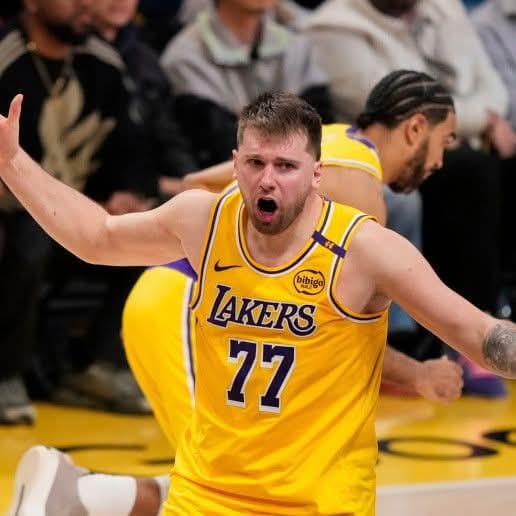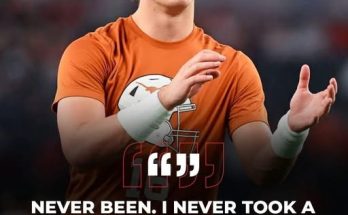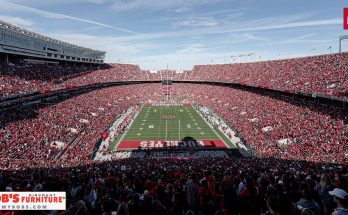The Los Angeles Clippers have long been one of the NBA’s most forward-thinking franchises when it comes to roster construction and financial flexibility. In recent years, they’ve made strategic moves to remain competitive while also keeping an eye on the future. Their latest maneuvers—structuring contracts with team options and partial guarantees—demonstrate a clear plan to maintain flexibility for the 2026 offseason, when they could potentially open up $50–60 million in cap space. This approach allows them to pivot quickly, whether that means chasing superstar free agents, retaining their own key players, or making bold trades to reshape the roster.
The Clippers’ strategy is a delicate balancing act. On one hand, they’ve invested heavily in their current core, led by Kawhi Leonard and Paul George, to compete for championships in the short term. On the other hand, they’ve avoided the pitfalls of long-term, fully guaranteed contracts that could handcuff them in future seasons. By incorporating team options and partial guarantees into recent deals, the front office has given itself multiple pathways to adapt depending on how the league landscape evolves.
One of the most notable examples of this approach is the contract extension signed by Ivica Zubac in 2022. While Zubac is a reliable starting center, his deal was structured with a team option in the final year, ensuring the Clippers aren’t locked into his salary if they need to clear space. Similarly, role players like Norman Powell and Marcus Morris Sr. have seen their contracts include partial guarantees or team-friendly structures that allow the Clippers to shed salary if necessary. These moves might seem minor in isolation, but collectively, they add up to significant financial flexibility.
The 2026 offseason looms large in the Clippers’ planning. By then, several major contracts will either expire or include team options that L.A. can decline. Kawhi Leonard and Paul George, assuming they remain with the team, could be on new deals with structures that align with the franchise’s long-term vision. More importantly, the Clippers are positioning themselves to avoid the “cap hell” that has plagued other teams who went all-in on short-term success. The ability to open $50–60 million in cap space would give them a rare opportunity to reload quickly, whether by signing a marquee free agent or absorbing a disgruntled star via trade.
This strategy isn’t without risk. Relying on team options and partial guarantees means the Clippers could lose valuable role players if they choose to prioritize cap space over continuity. Additionally, the free-agent market in 2026 is unpredictable—there’s no guarantee a franchise-altering star will be available. However, the Clippers’ front office, led by President of Basketball Operations Lawrence Frank, has shown a willingness to adapt. If the right star becomes available, they’ll have the means to pursue them. If not, they can retain their core and continue building through trades and the draft.
Another factor in the Clippers’ planning is the upcoming opening of their new arena, the Intuit Dome, in 2024. A state-of-the-art venue will increase revenue streams and enhance the team’s appeal to free agents. By aligning their financial flexibility with the opening of the new arena, the Clippers are setting themselves up to capitalize on both basketball and business opportunities. A competitive team in a world-class facility will be an attractive destination for top-tier talent, making the 2026 cap space even more valuable.
The Clippers’ approach also reflects a broader trend in the NBA. More teams are prioritizing flexibility over long-term commitments, recognizing that the league’s landscape can shift rapidly. The Phoenix Suns, for example, leveraged short-term deals and team options before making their big moves for Kevin Durant and Bradley Beal. The Clippers are following a similar blueprint, ensuring they’re never locked into a path that doesn’t align with their championship aspirations.
Of course, none of this matters if the Clippers can’t remain competitive in the interim. The team’s success over the next few seasons will determine how attractive they are to free agents in 2026. If Kawhi Leonard and Paul George can stay healthy and lead deep playoff runs, the Clippers will be seen as a premier destination. If injuries or underperformance derail their plans, the front office may need to pivot toward a rebuild. But by maintaining financial flexibility, they’re giving themselves the best possible chance to adapt no matter what happens.
The Clippers’ roster construction also highlights the importance of drafting and player development. While much of the focus is on star power, the team has done well to identify and develop young talent like Terance Mann and Brandon Boston Jr. These players provide cost-controlled depth and trade assets, further enhancing the Clippers’ ability to make major moves when the time comes. In a league where every dollar counts, having productive players on rookie-scale contracts is a major advantage.
Looking ahead, the 2026 offseason could be a defining moment for the franchise. With potential cap space, a new arena, and (they hope) a strong organizational reputation, the Clippers will be in position to make a splash. Whether that means signing a superstar, re-signing their own players to team-friendly deals, or executing a blockbuster trade, the options will be there. This level of foresight is what separates well-run organizations from the rest.
In conclusion, the Los Angeles Clippers’ recent contract structures—emphasizing team options and partial guarantees—are a clear indication of their long-term planning. By keeping their books clean for 2026, they’re ensuring they won’t be hamstrung by bad contracts or forced into a rebuild. Instead, they’ll have the flexibility to chase stars, retool on the fly, or maintain continuity as needed. In today’s NBA, where windows of contention can open and close quickly, that kind of agility is priceless. The Clippers are playing chess while others play checkers, and their moves today could pay off in a major way just a few years down the line.


